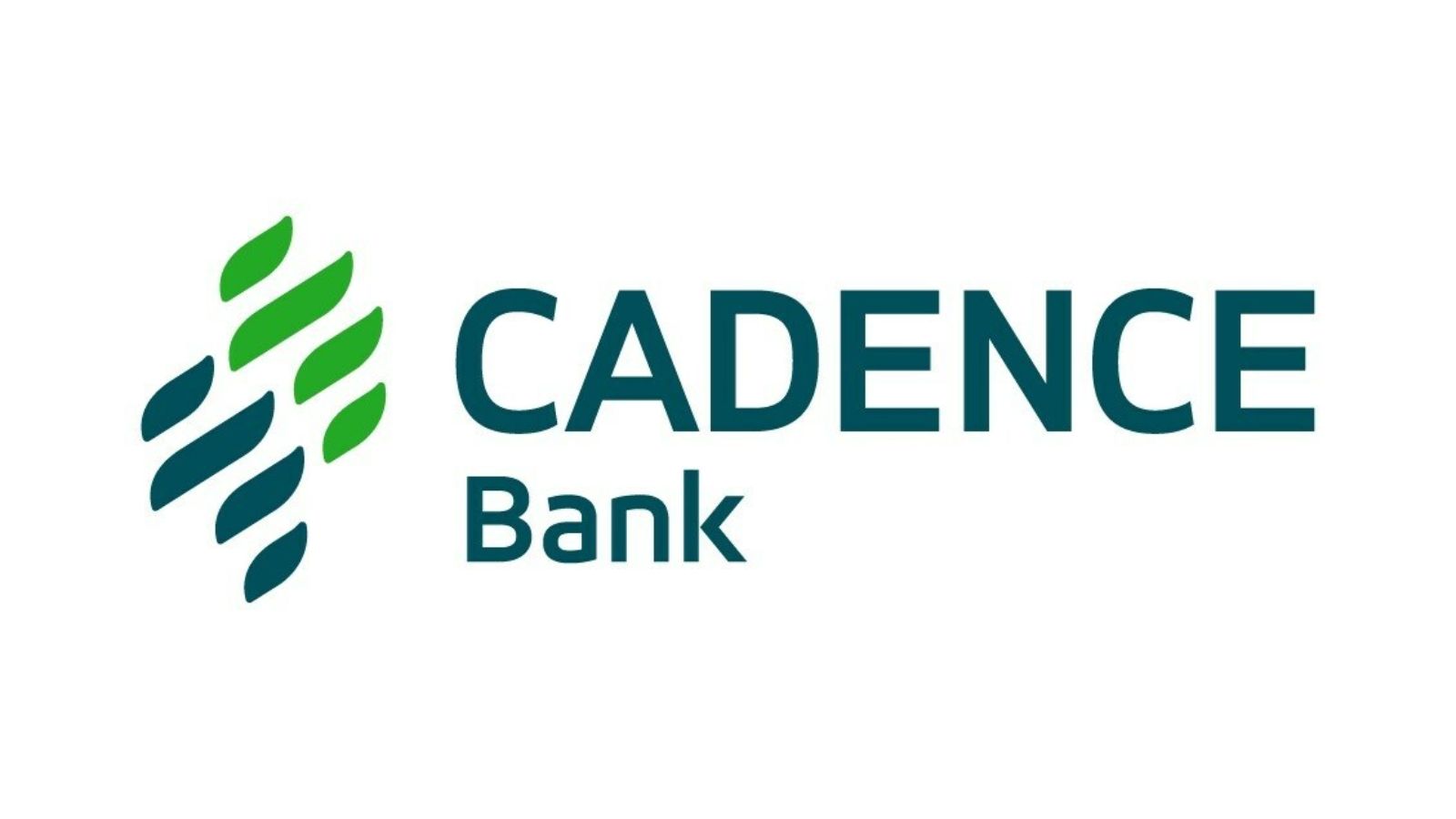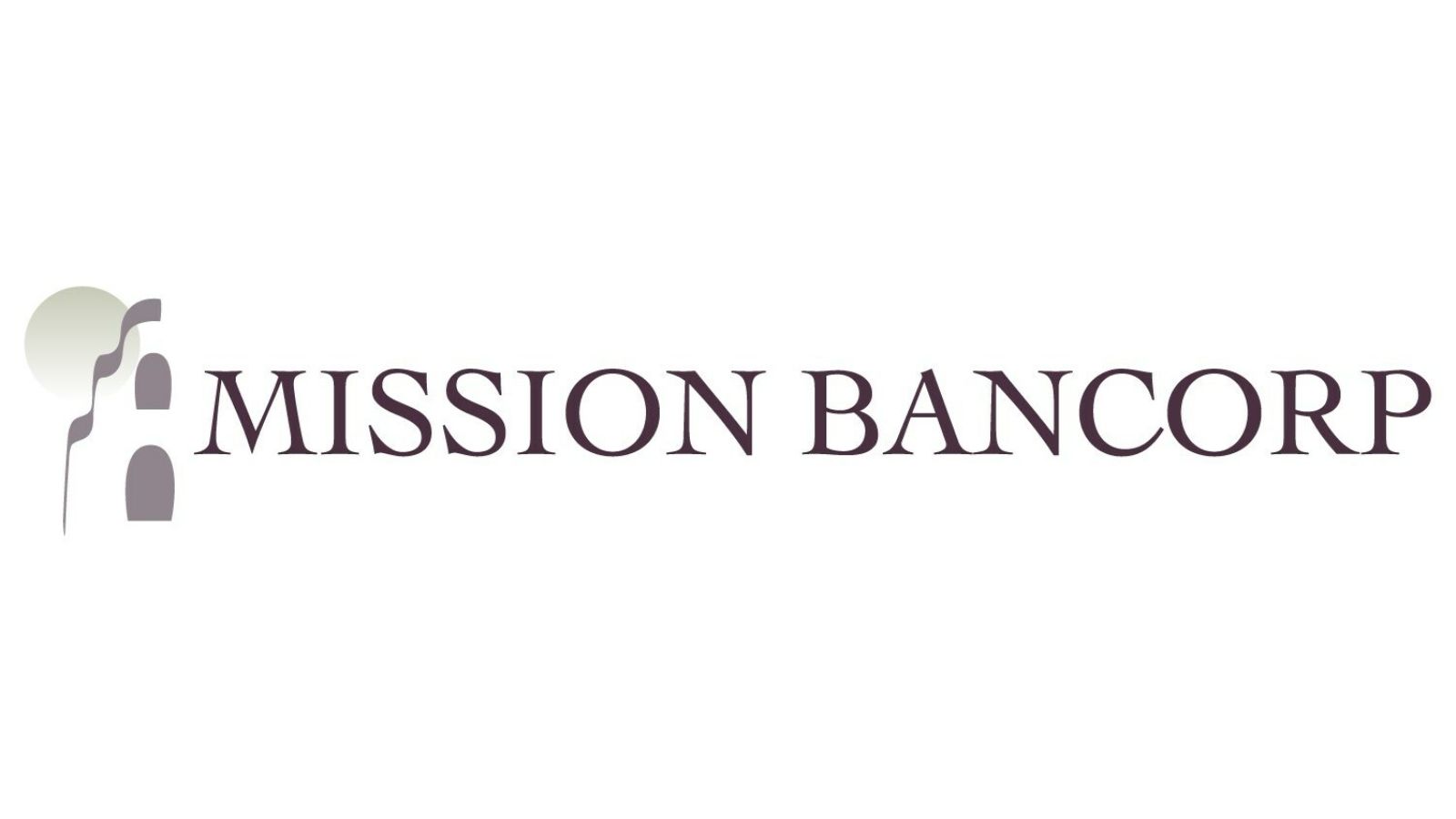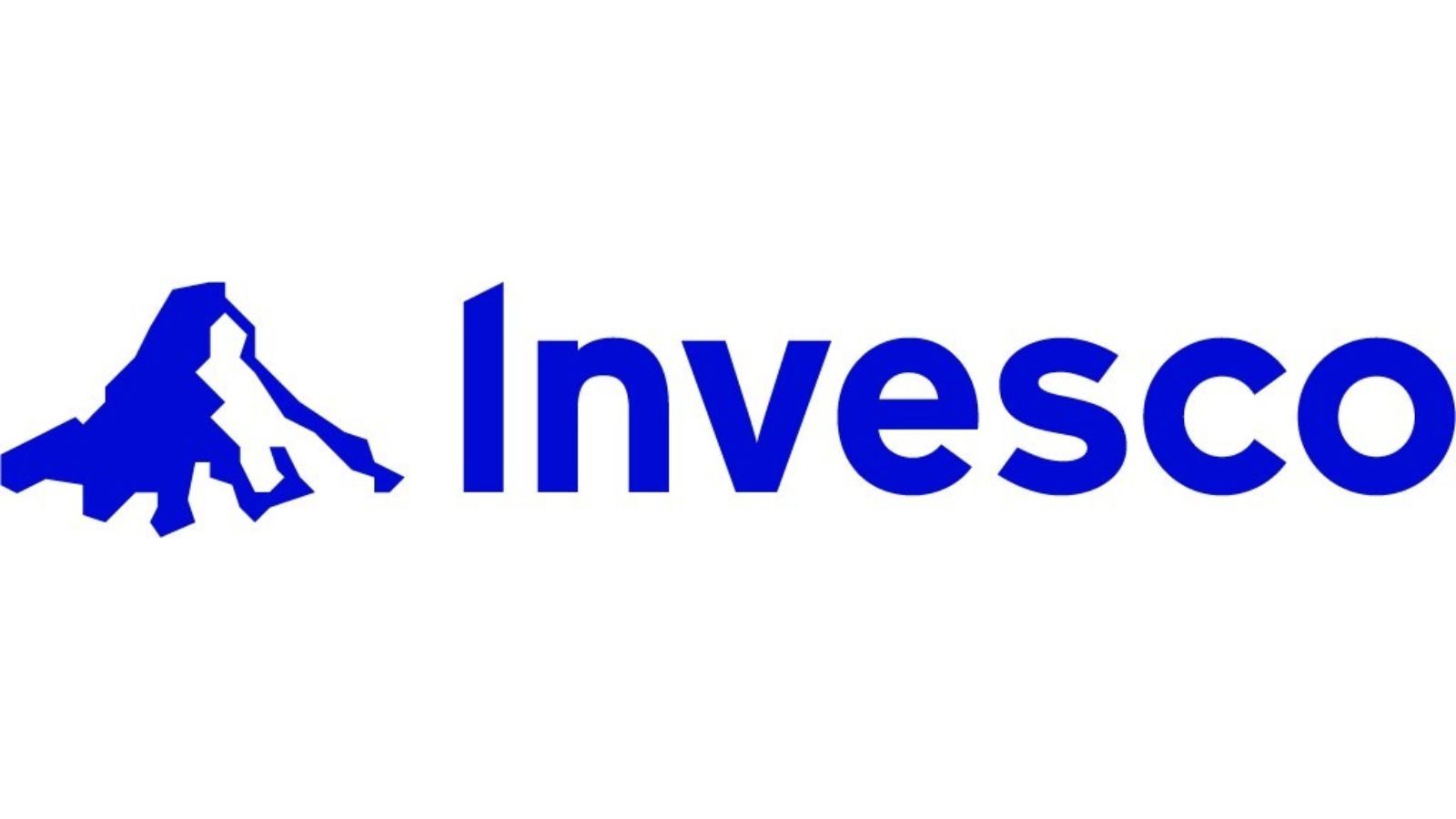What does your month-end financial closing process look like? Do you have a system in place or do you “wing it” and hope for the best? Are you searching for a better way of doing things next month?
- Never underestimate the significance of monthly closing and the importance of a month-close checklist.
- Keeping track of what happened in the previous month can help position your company for future success, and month-end closing is a pillar of financial reporting.
- Month-end closing ensures that you have information about your company’s financial situation and are ready to report on those figures. It is critical when making short-term decisions and helps your teams work towards your organization’s long-term goals.
Plus, accurate monthly reporting makes year-end closing much easier to understand.
In Brief: Keypoints
- The month-end close process is a systematic way of maintaining financial records and involves reviewing and reconciling financial documents to prevent errors and get an overall picture of a company’s financial health.
- While the month-end close process can take a lot of time, it’s important to optimize the process steadily to keep errors at bay while reducing the close time.
- To improve the month-end closing process, businesses should address common challenges like a lack of centralized data repositories, errors in manual records, and difficulty tracking the status of tasks.
Financial Accuracy in the Month-End Closure
1. Record Incoming Cash
Incoming cash comes in many forms, such as invoice payments, revenue, and loans. Record all funds that your company received during the month. This is also a good time to do the following:
- Review outstanding deposits
- Verify that all invoices have been sent
- Count cash on hand
- Manually recording incoming cash and taking these other steps can be time-consuming and stressful. It’s best to use a software application that automates these tasks. This makes for a more efficient and more accurate month-end closing process.
2. Review Accounts Payable
Depending on the size of your company and the number of monthly transactions, you may find it difficult–if not impossible–to record transactions as they come to you. But that’s no excuse for mistakes. You still need a system for organizing and maintaining accurate records.
A review of accounts payable records should include, but is not always limited to:
- Gathering all necessary records
- Determining if there are any accounts payable that have been paid
- Checking your records against accounts payable to know what has and has not been addressed
- It’s easy to put this step off until the end of the month, but it’s also a costly mistake. Automation software can help you better track accounts payable throughout the month so that there’s less pressure on you as the fiscal calendar turns.
3. Reconcile Accounts
Don’t fall into the trap of assuming that you (or anyone else) didn’t make any mistakes during the month. Even the most experienced and knowledgeable financial professionals slip up now and again. This is why it’s so important to reconcile all of your accounts.
In short, this is the process of comparing your records to account statements, such as from your financial institution. If the numbers match, you’re in good shape. But if they don’t, you have some work to do. It’s time to dig deeper to pinpoint the reason for the difference, you can use this bank reconciliation template to help.
Make the process by putting all your accounts into one of these three categories:
- Bank accounts (checking and savings)
- Bank loans or leases (such as for equipment or real estate)
- Accrued or prepaid accounts
- It’s generally best to start with bank accounts, but it’s most important to implement a reconciliation system that works for you.
Note: If you neglect to reconcile accounts, a simple mistake this month can grow into a bigger problem next month.
4. Review Fixed Assets
Think of fixed assets as items that add value to your company. Examples include work vehicles, office equipment, and real estate (buildings and undeveloped land). Intangible assets also fit into this category, including things such as trademarks, patents, domain names, and brand names.
Fixed assets are long-term items that don’t easily convert to cash. Instead, many of these assets generate monthly expenses in the form of depreciation, repairs, or amortization. For example, machinery–such as for manufacturing products–is imperative to the success of your business. It’s also valuable. However, over time, you can expect this machinery to depreciate.
During your month-end closing process, record any expenses associated with fixed assets.
5. Review All Financial Statements
This may be the last thing you do, but it requires your attention nonetheless. Start by reviewing these financial statements:
- General ledger
- Profit and loss statement
- Balance sheet
- Income statement
- Cash flow statement
- A thorough review allows you to feel confident in your month-end close. It also sets you up for success the next month.
The month-end closing process is critical to any business but can be very time-consuming. Creating the right month-end close checklist allows your team to break out of reporting silos and focus on more strategic business functions, precisely financial accuracy.
What stops from precision in Financial estimation: Month-End Close Checklist?
Automation of Routine Tasks:
- Implementing automation for routine and repetitive tasks in the month-end close process can significantly speed up the production of financial reports.
- Automation reduces manual errors, accelerates data processing, and allows the finance team to focus on more analytical tasks.
Integrated Financial Systems:
- Ensure that your financial systems are integrated seamlessly. This reduces the time spent on data reconciliation and manual data entry.
- Integrated systems enable real-time updates across different modules, providing a more accurate and up-to-date view of financial information.
Efficient Communication and Collaboration:
- Facilitate efficient communication and collaboration between departments involved in the financial reporting process.
- Clearly communicate the importance of timely information, and establish protocols for data sharing and submission to avoid delays.
Continuous Training and Skill Development:
- Provide ongoing training and skill development for employees involved in the financial reporting process.
- Ensuring that team members are well-versed in the latest tools and methodologies can contribute to a more efficient and effective month-end close.
Regular Reconciliation and Closing Activities:
- Consider performing regular reconciliation activities throughout the month rather than waiting until the end. This reduces the pressure on the accounting department during the month-end close and minimizes the risk of last-minute discrepancies.
Streamlined Approval Processes:
- Streamline approval processes to ensure that key stakeholders can review and approve financial reports promptly.
- Delays in approvals can contribute to the overall lag in producing timely financial statements.
Performance Metrics and KPIs:
- Establish performance metrics and Key Performance Indicators (KPIs) related to the month-end close process.
- Regularly review these metrics to identify bottlenecks and areas for improvement, fostering a culture of continuous improvement.
External Data Source Collaboration:
- Collaborate with external data sources, such as vendors or other departments, to understand their processes and potential delays.
- Establish clear expectations and timelines for data submissions to ensure alignment with your reporting schedule.
Investment in Advanced Analytics:
- Consider investing in advanced analytics tools that can provide real-time insights into financial data.
- Advanced analytics can help identify trends, anomalies, and areas for improvement in the financial reporting process.
Continuous Process Optimization:
- Regularly review and optimize the month-end close process based on feedback, performance metrics, and changing business requirements.
- Embrace a mindset of continuous improvement to adapt to evolving needs and enhance overall efficiency.
- By addressing these aspects and adopting a proactive approach to process improvement, organizations can overcome the challenge of delayed financial reporting and ensure that decision-makers have timely access to critical financial information.
Xenett. (2023b, April 24). The Month-End Close Checklist for the account team. https://www.linkedin.com/pulse/month-end-close-checklist-account-team-xenett-1f/
Month end close checklist. (n.d.). Spendesk. https://www.spendesk.com/blog/month-end-close-checklist/








Leave a Reply